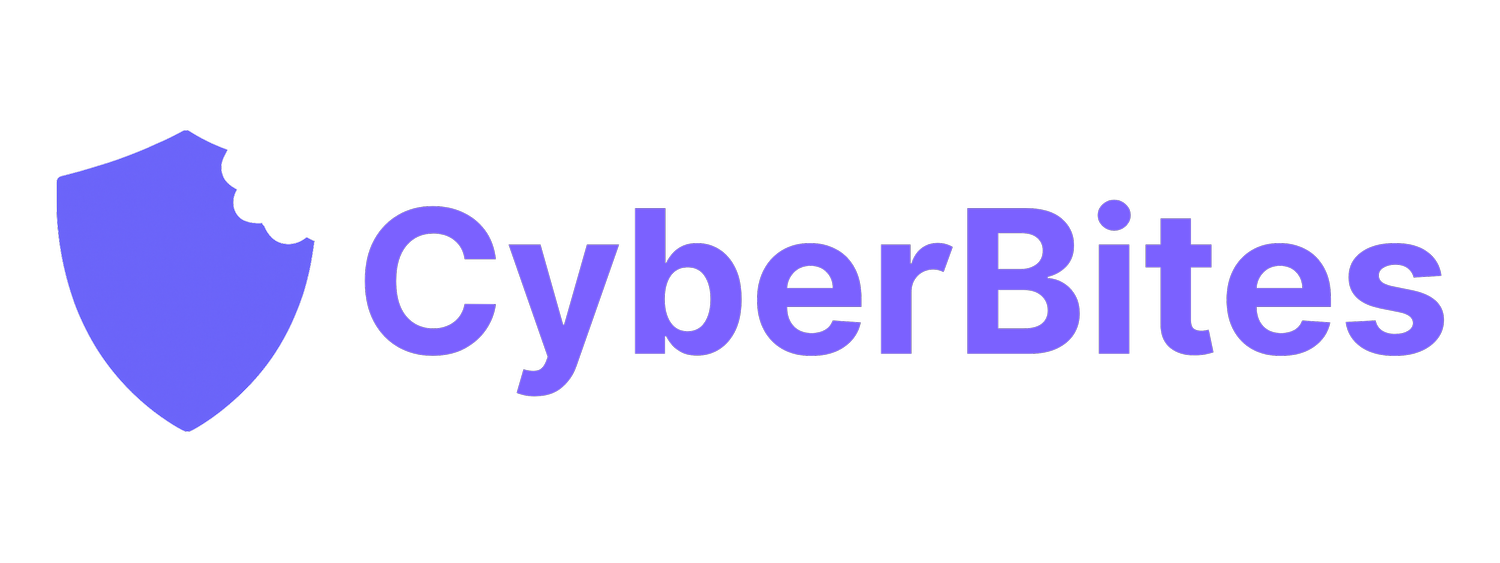5 Cyber Threats Every Small Business Owner Should Know
Cybercrime costs Australian businesses over $300 million per year, and small businesses are often the easiest targets. Why? Because many don’t realise how exposed they really are.
If you own or run a small business, here are five cyber threats you should know — and how to protect yourself.
1. Phishing Attacks
These are fake emails designed to trick you or your team into clicking a bad link, downloading a file, or handing over login credentials.
Example: You receive an email that looks like it’s from the ATO, asking you to verify your bank details. It’s fake — and it only takes one click to compromise your systems. How to protect yourself: Train your team to spot suspicious emails. Look for urgent language, unfamiliar senders, and links that don’t match. See the latest scams and report them to Scamwatch
2. Ransomware
Hackers lock your files and demand payment (usually in crypto) to restore access. It’s devastating — and often hits businesses without proper backups.
Example: Your accounting software won’t open. Then a message appears: “Pay $2,000 or lose your data forever.”
How to protect yourself: Use automatic backups and keep software updated. Never pay the ransom — there’s no guarantee you’ll get your data back.
3. Weak Passwords
Using simple or reused passwords (like 'admin123' or 'password1') makes it easy for hackers to guess their way into your systems.
How to protect yourself: Use a password manager to generate and store unique passwords for every account. Check out Bitwarden a tool we use and trust.
4. Unpatched Software
Outdated software has known security flaws that hackers can exploit. If you’re not updating regularly, you’re leaving the door open.
How to protect yourself: Turn on automatic updates for all devices and software. Don’t ignore update prompts.
5. Insider Threats
Not all threats come from the outside. Sometimes it’s a disgruntled employee, or someone accidentally clicking a malicious link on their work computer.
How to protect yourself: Limit admin access, monitor activity, and build a strong cybersecurity culture.
Want help putting the right protections in place?
Register for early access to our training here
